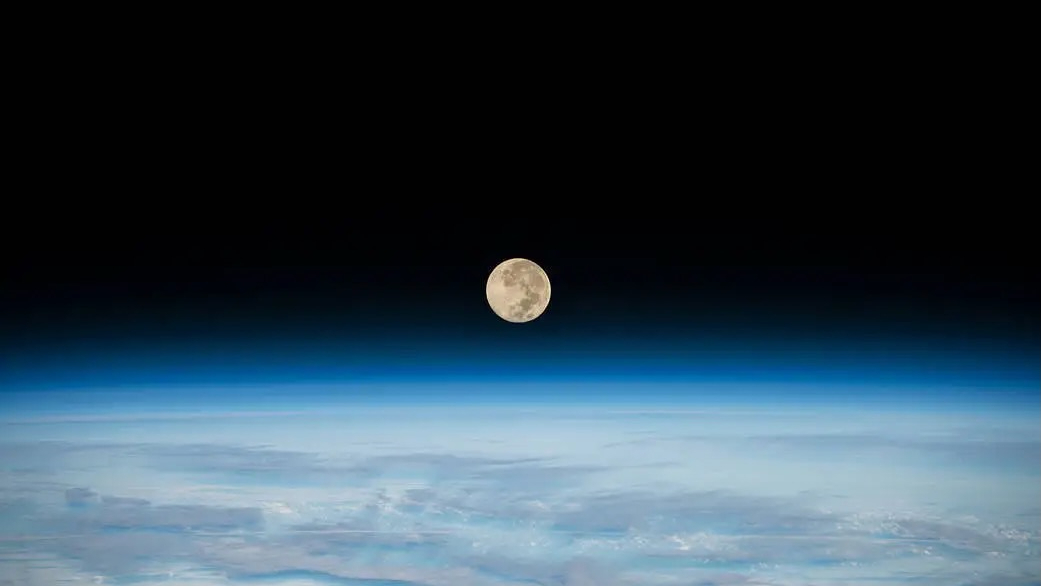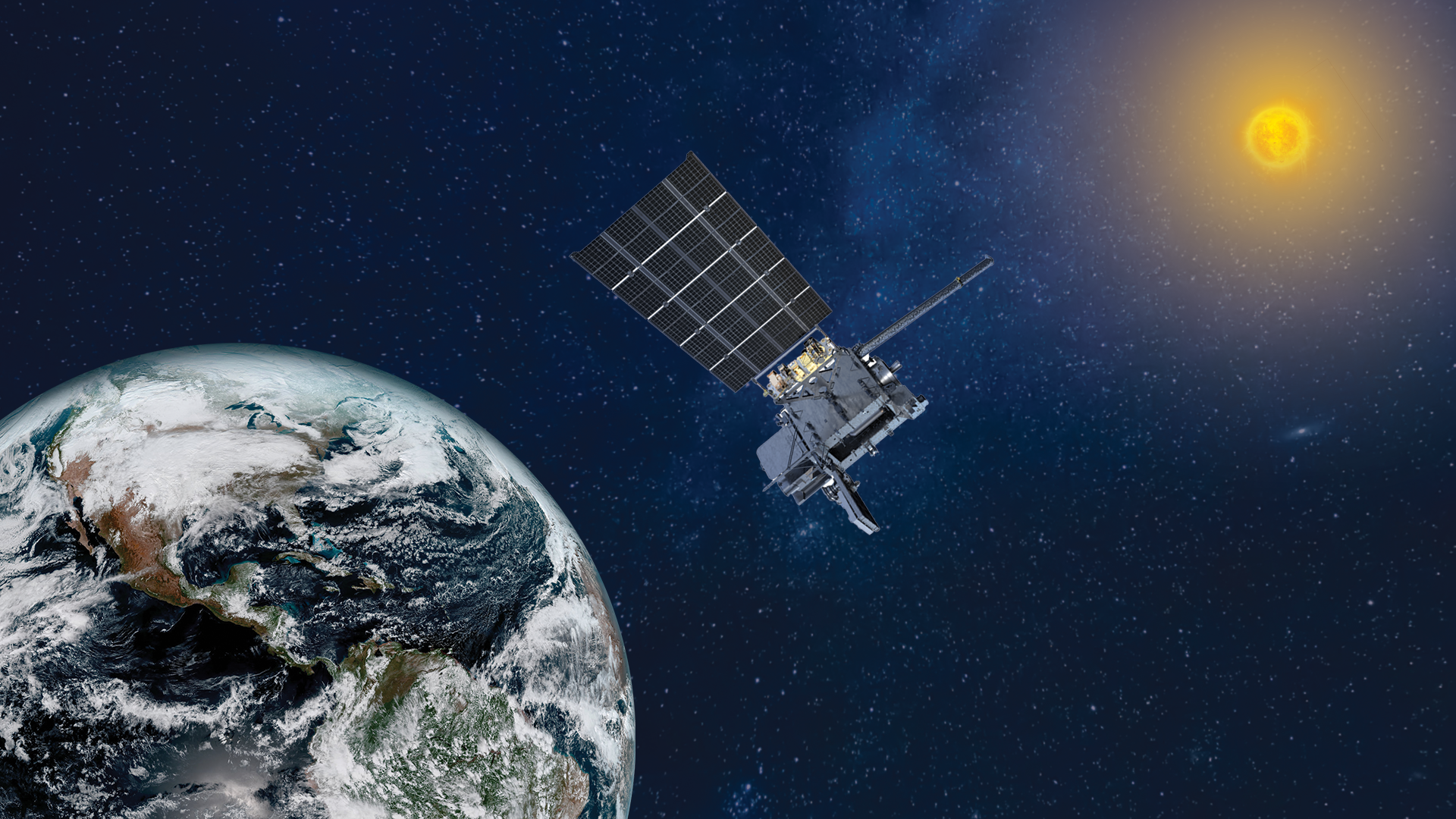What is dark matter made of? New study bolsters case for 'primordial' black holes
Primordial black holes could inhabit the modern-day cosmos, making them responsible for the phenomenon of dark matter, according to new research.
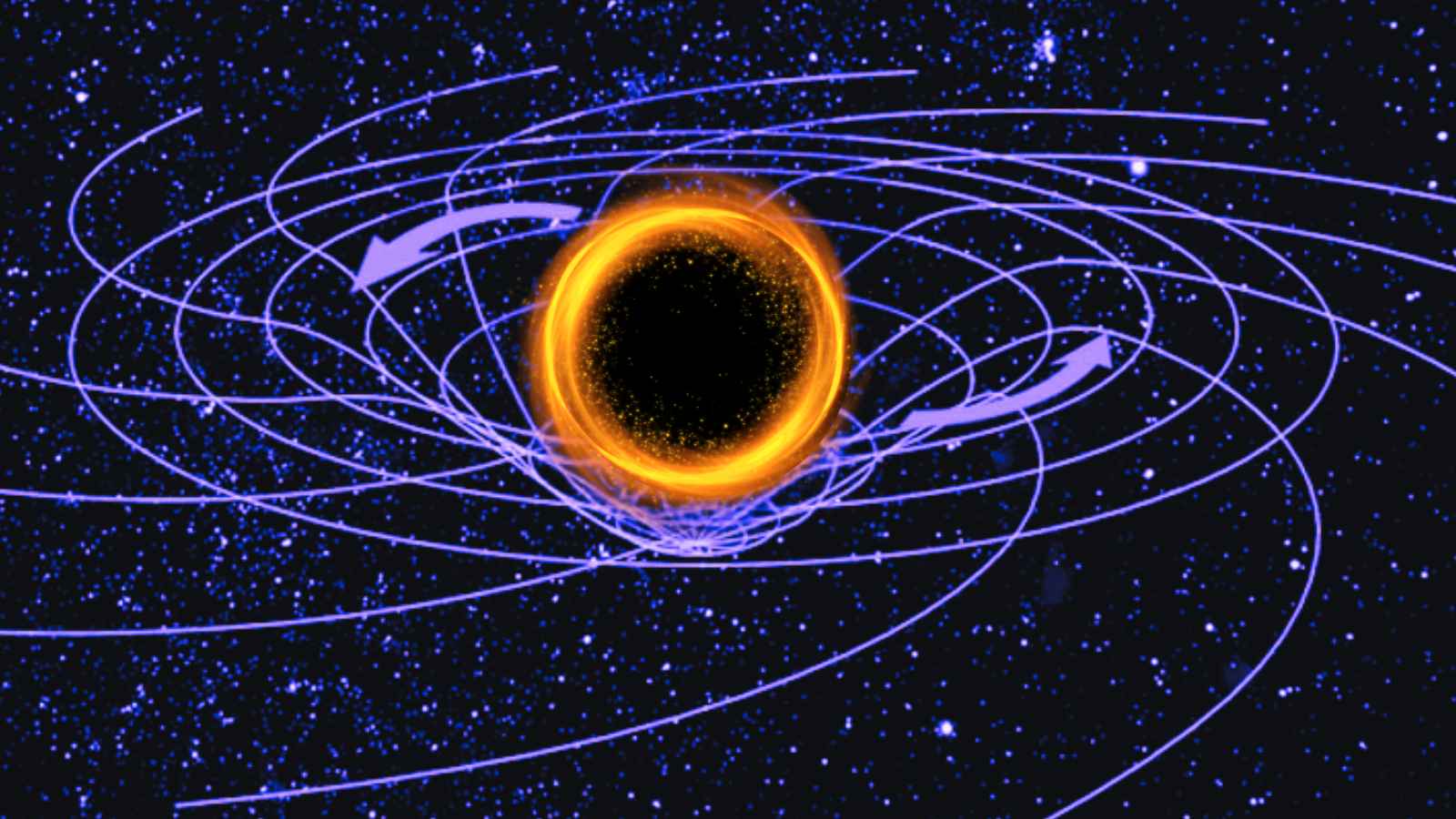
In the extremely early universe, primordial black holes could acquire a "dark charge," giving them an unnaturally long lifetime. This makes them an interesting, if exotic, candidate for dark matter, new research suggests.
In the 1970s, Stephen Hawking discovered that black holes aren't entirely black. Through a complex interaction between their event horizons and the quantum fields that soak space-time around them, they can slowly but steadily emit radiation. This causes black holes to lose mass, and in fact the smaller they become the more brightly they glow, until they disappear altogether in a shower of particles and radiation.
Hawking then quickly realized that the exotic conditions of the early universe may have flooded the cosmos with "primordial" black holes, fashioned from pockets of extremely high density in space-time itself. If these primordial black holes are small enough, then we should be able to see them evaporating in the present day.
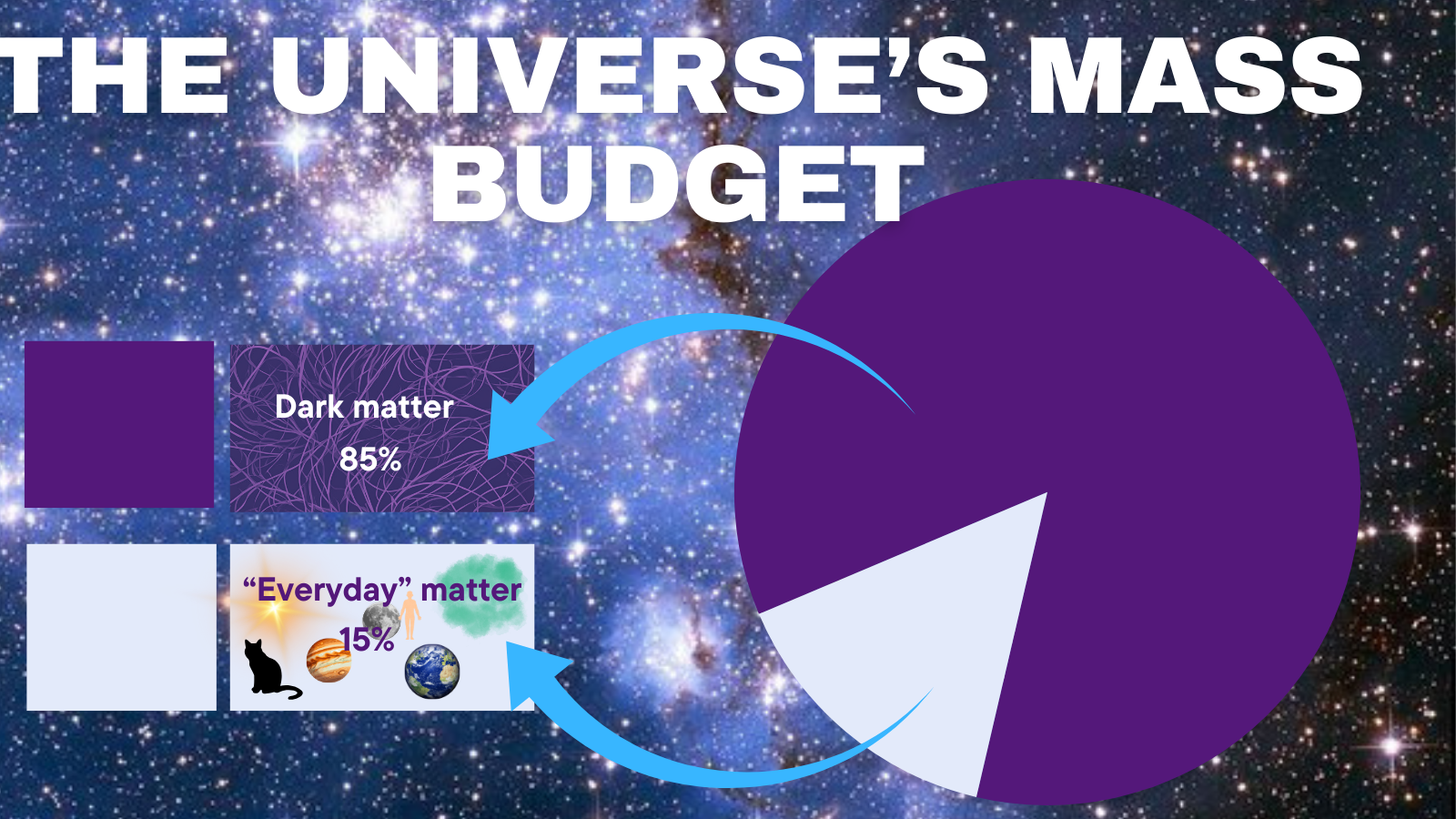
For a time, cosmologists thought that primordial black holes might be a solid candidate for dark matter, the mysterious substance that appears to make up most of the mass of almost every single galaxy. Alas, despite decades of observations, no hint of evaporating primordial black holes has ever been found.
Related: Are planet-killing black holes hiding inside your cat?
But that's not the end of the primordial black hole story. Hawking's original analysis only studied the simplest kind of black hole, one without any electric charge. Later research found that charged black holes can have much, much longer lifetimes. But the universe, even the extremely early Big Bang, is overall electrically neutral, so we don't expect any primordial black holes to carry a charge.
Unless it's a new kind of electric charge that we have yet to detect, according to new research led by Jessica Santiago at the National Taiwan University, which was posted to the online preprint site arXiv in March.
Get the Space.com Newsletter
Breaking space news, the latest updates on rocket launches, skywatching events and more!
As theorists have explored the possibilities of what dark matter could be, some have theorized that it may be a mirror to our usual experience with physics. There may be many different kinds of dark matter particles, all interacting in a variety of ways. So, for example, instead of electrons interacting via photons, there might be dark electrons interacting via dark photons — not just new particles, but entirely new forces of nature operating in a manner completely hidden to our current observations.
Santiago and her team found that if dark electrons were abundant in the early universe, they could charge up primordial black holes in a way that normal electrons couldn't. These charged primordial black holes would then have considerably extended lifetimes, many multiples of the current age of the universe. This means that those black holes could still inhabit the modern-day cosmos, making them responsible for the phenomenon of dark matter.
Critically, the team found that the dark electrons themselves don't have to stick around. They only have to be present in the very young universe, when they participate in charging up black holes. Once that's done, they are free to do whatever they want — including disappearing completely from the cosmic scene.
The only thing that matters is that the black holes acquire enough charge to stabilize their decays and prevent them from evaporating. This way, the exotic physics of dark electrons and dark photons can be invoked without having to worry about the long-term consequences of their presence.
It would also explain why we haven't seen any evaporating primordial black holes yet. They simply haven't had enough time to decay.
This hypothesis is highly speculative, but what's most interesting is that the researchers were able to find a way to get primordial black holes to form, then get them charged up sufficiently to extend their lifetimes, in a way that makes them abundant enough to account for the known amounts of dark matter in the universe.
There's still a lot of work to do to even begin testing this idea. For example, charged primordial black holes can't stay perfectly hidden; otherwise, we would have no hope of ever detecting them and hence validating this theory. So there must be some way to make the primordial black holes detectable in some way that we haven't seen yet.
It's an important next step, and saved for future work, but at least for now we can appreciate that the lives of black holes in the early universe may have been much more complicated than we — and even Stephen Hawking — originally thought.
Join our Space Forums to keep talking space on the latest missions, night sky and more! And if you have a news tip, correction or comment, let us know at: community@space.com.
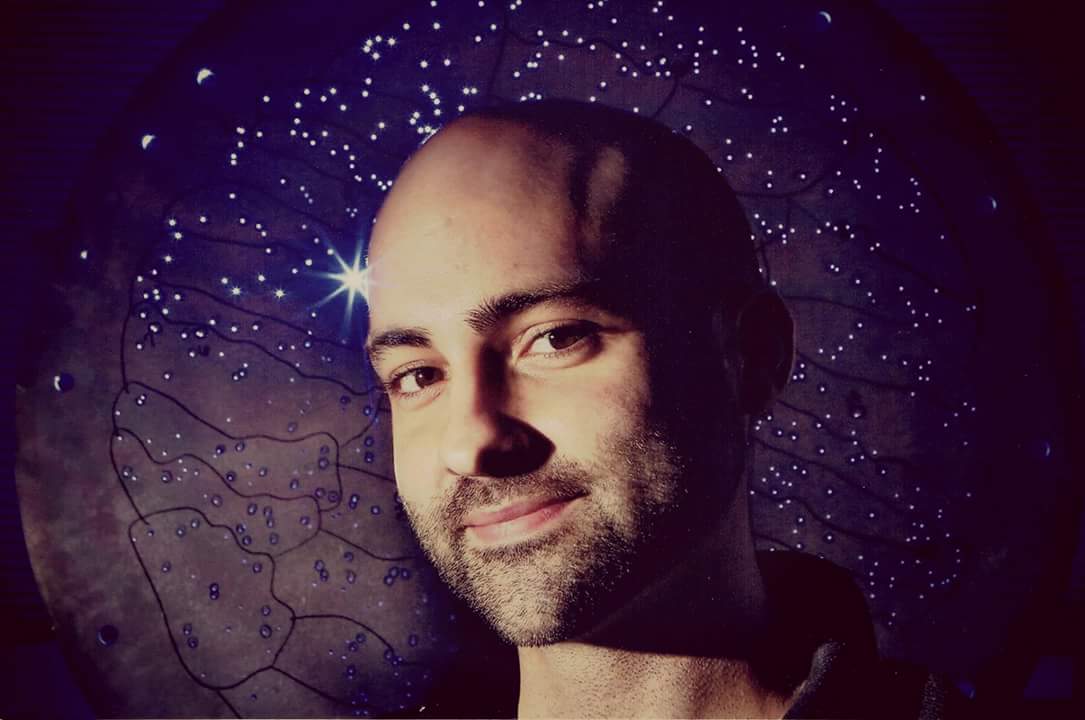
Paul M. Sutter is an astrophysicist at SUNY Stony Brook and the Flatiron Institute in New York City. Paul received his PhD in Physics from the University of Illinois at Urbana-Champaign in 2011, and spent three years at the Paris Institute of Astrophysics, followed by a research fellowship in Trieste, Italy, His research focuses on many diverse topics, from the emptiest regions of the universe to the earliest moments of the Big Bang to the hunt for the first stars. As an "Agent to the Stars," Paul has passionately engaged the public in science outreach for several years. He is the host of the popular "Ask a Spaceman!" podcast, author of "Your Place in the Universe" and "How to Die in Space" and he frequently appears on TV — including on The Weather Channel, for which he serves as Official Space Specialist.
You must confirm your public display name before commenting
Please logout and then login again, you will then be prompted to enter your display name.
NASA spacecraft spots monster black hole bursting with X-rays 'releasing a hundred times more energy than we have seen elsewhere'
Could we use black holes to power future human civilizations? 'There is no limitation to extracting the enormous energy from a rotating black hole'






